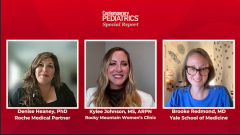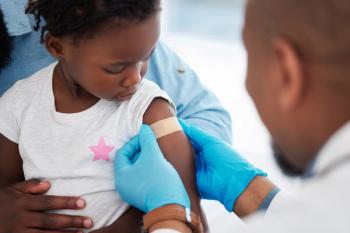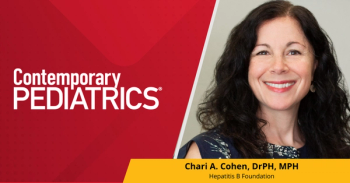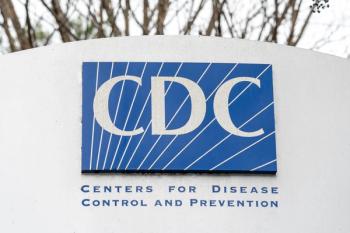
Special Report: STI diagnostic innovations and at-home testing
Explore how diagnostic stewardship enhances infection detection and treatment, especially for adolescents seeking convenient testing options.
Episodes in this series

In part 3 of this 7-part Special Report, the discussion turns to the importance of diagnostic stewardship, with Denise Heaney, PhD, underscoring how FDA-cleared assays—ranging from at-home sample collection to point-of-care testing—can make it easier to detect infections accurately and treat in a timely fashion. She noted that lessons from the COVID-19 pandemic reinforced the need to bring diagnostics closer to patients and reduce barriers to care.
Kylee Johnson, MS, ARNP, highlighted the relevance for adolescents and their families. She explained that, much like self-collection for human papillomavirus in adults, young people increasingly seek discreet, convenient, and less invasive testing options. For pediatric clinicians, this may mean adapting workflows to ensure that positive results from at-home or pharmacy-accessed tests are properly followed up, integrated into records, and tied to effective treatment.
The panel also discussed how digital platforms can help reduce the risk of patients being lost to follow-up—a key concern when moving testing outside of traditional clinic walls. Johnson emphasized that adolescents, in particular, are digital natives who often find health care information and services online, and they are likely to gravitate toward providers who offer flexible and patient-centered testing solutions. For pediatric providers, the opportunity lies in embracing these tools while maintaining strong education, counseling, and safety nets to ensure continuity of care.
Our experts:
- Kylee Johnson, MS, APRN, is a women’s health nurse practitioner at Rocky Mountain Women's Clinic.
- Brooke Redmond, MD, is an attending neonatal critical care physician at the Yale New Haven Children’s Hospital. She is the creator and director of the 24/7 BABY program.
- Denise Heaney, PhD, is a senior scientific affairs manager in diagnostics information solutions at Roche Diagnostics Corporation in Indianapolis.
Redmond and Johnson have no relevant disclosures to report. Relevant disclosures for Heaney include Roche.
References
Hufstetler K, Llata E, Miele K, Quilter LAS. Clinical updates in sexually transmitted infections, 2024. J Womens Health (Larchmt). 2024;33(6):827-837. doi:10.1089/jwh.2024.0367
World Health Organization. Guidelines for the Management of Asymptomatic Sexually Transmitted Infections. World Health Organization; 2025. Accessed September 30, 2025.
https://www.ncbi.nlm.nih.gov/books/NBK616637/
Newsletter
Access practical, evidence-based guidance to support better care for our youngest patients. Join our email list for the latest clinical updates.










